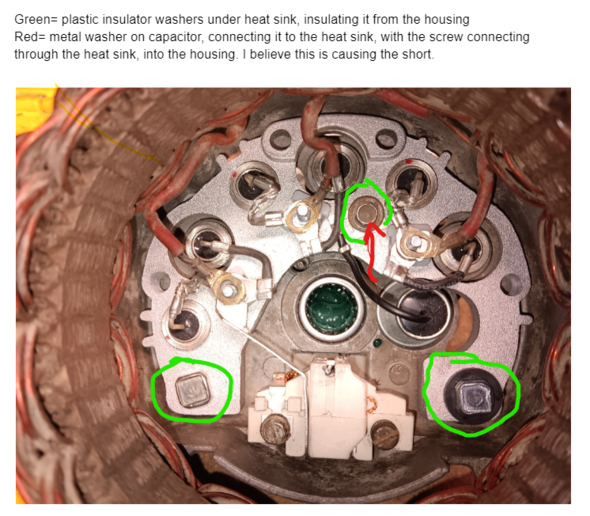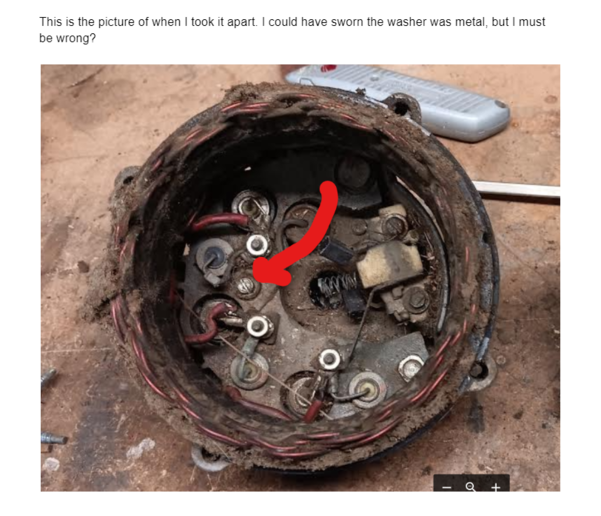I have decided to go ahead and rebuild both 10DN alternator and 1107872 starter for my tractor (Delco Remy). Anyone have any suggestions for rebuild kits with quality parts, or any other suggestions as I undergo this?
I have not rebuilt a starter or alternator before, but I have been doing my homework- a lot of reading and video watching. The alternator went bad, and the starter has always smoked out of the top plug where the copper strap connects to the solenoid. Figure I might as well tackle both problems.
For now I have been charging the battery overnight when I know I will need to use it the next day, and avoided shutting in off as much as possible when using it.
I have not rebuilt a starter or alternator before, but I have been doing my homework- a lot of reading and video watching. The alternator went bad, and the starter has always smoked out of the top plug where the copper strap connects to the solenoid. Figure I might as well tackle both problems.
For now I have been charging the battery overnight when I know I will need to use it the next day, and avoided shutting in off as much as possible when using it.



